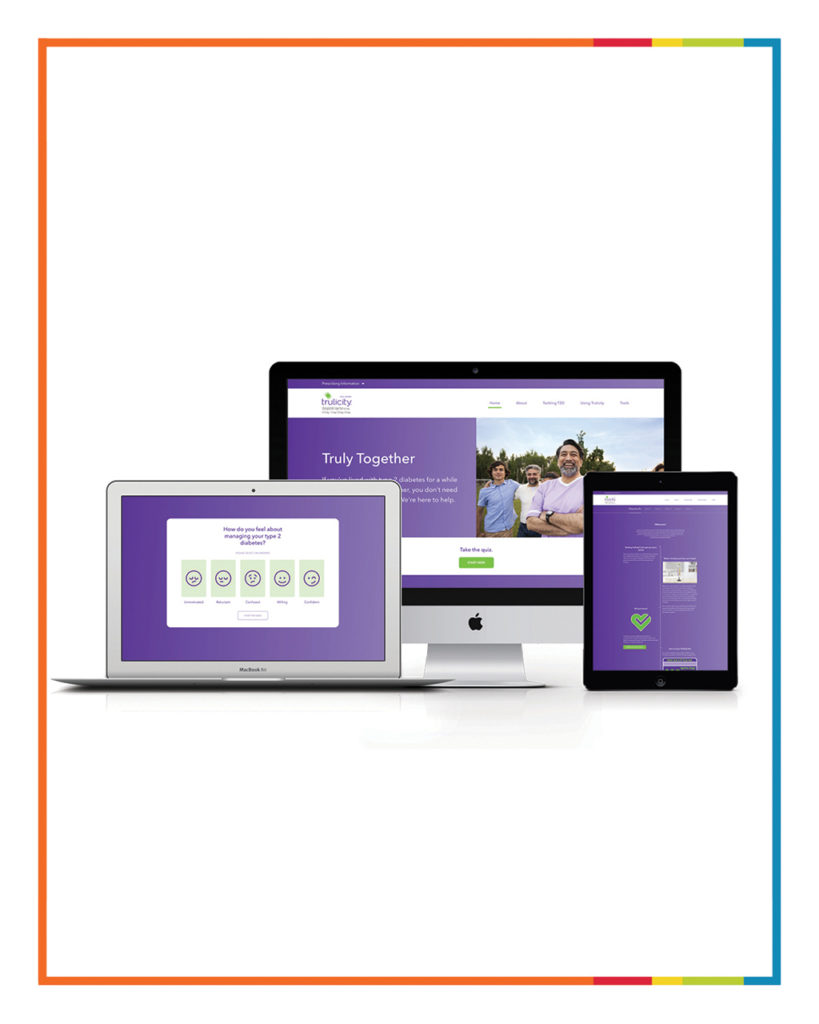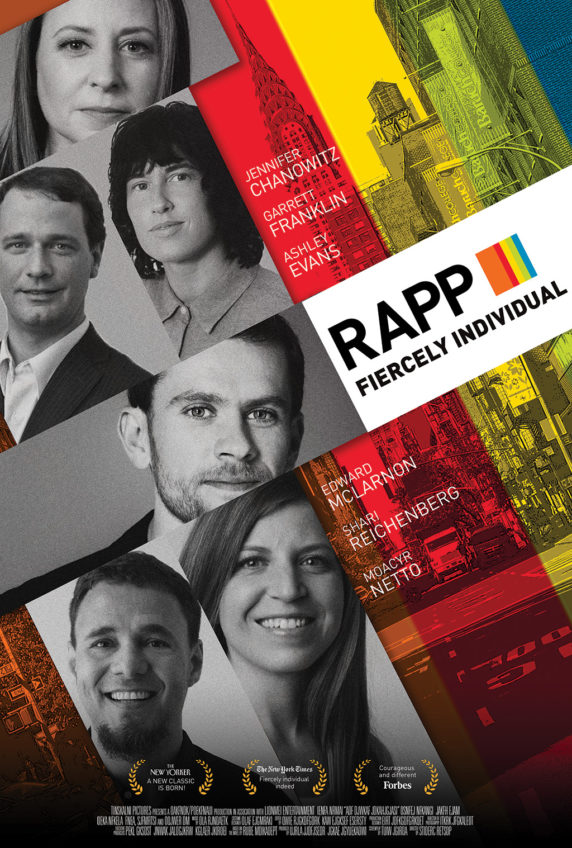Healthcare was one of two sectors — financial services was the other — that drove growth at Rapp during 2020. The firm netted overall revenue of $220 million, some $51 million of it from healthcare-related engagements. That was up from $195 million and $45 million, respectively, in 2019.
But while COVID prompted any number of infrastructural pivots, Rapp largely went about its business the way it did prior to the pandemic. “Proportionately, there’s more strategy, marketing analytics, technology and creative than there had been before,” notes Rapp New York managing director Shari Reichenberg. “There’s less client service, more of the craft. Our clients are looking for work to get made and then be put into market.”
The work that Rapp is putting in the market is increasingly personal. For chief creative officer Moa Netto, the agency’s efforts on Eli Lilly’s blockbuster diabetes drug Trulicity embody the potential of campaigns that target specific consumers with realistic and relatable experiences.

“Every type 2 diabetes patient experiences the disease in different ways,” Netto explains. “It got clear real fast that a one-size-fits-all approach wouldn’t work. What we were trying to do is make Trulicity, as a brand, as individual as each of the patients.”
Reichenberg agrees, adding, “What is really exciting about our work with Lilly is that it is not the standard pharma-type engagement. What we are doing is helping prove out the value of precision marketing capabilities, personalization at scale, first-party data and real-time business optimization.”
Lilly has proven a willing partner for that push. “Last year we did it within the context of one of its brands, and this year a lot of our growth is coming from adding an entirely new brand, Taltz, to our portfolio,” Reichenberg continues. “There’s no higher compliment you can receive from a client than that sort of organic growth.”
She reports that around 60% of Rapp’s growth in the healthcare space came from Taltz, a treatment for plaque psoriasis and other autoimmune conditions. Three other new assignments, from Aimmune Therapeutics, ConvaTec and Elsevier, comprised the remaining 40%.
As for the effects of COVID that Rapp expects to linger long after the pandemic ends, SVP, healthcare lead Jennifer Chanowitz points to an explosion of opportunity in the digital realm. “It presents an incredible chance to provide value to consumers in a whole new way,” she explains. “It’s an overused example, but look at telehealth, which went from about 11% [of U.S. customers using it] in 2019 to 46% in April 2020. There’s a whole new reality with tremendous implications.”
Closer to home, Reichbenberg notes that Rapp has mostly figured out what its post-pandemic work environment will look like. “We are physically changing our office to be oriented toward collaboration,” she says. “It will be a place you come to for brainstorms, then you can work from home or wherever else you’d like on the days you need to concentrate.”
As Rapp debates the arrangement of desks and pods, its leaders are in agreement about the firm’s prospects for the rest of 2021. “It looks bright, particularly in the health-and-wellness space,” Chanowitz says. “We are creating a consumer experience that is seamless, but enjoyable as well. That’s something we aren’t seeing as often in the space as we’d like.”
. . .
The idea I wish I had…
A Cadbury campaign in India for Diwali. It’s not specifically healthcare, but it should be inspiring for healthcare. The campaign promoted the brand and combined data and emotion in a very sweet and smart way. The ad itself shows a family celebrating Diwali, with the mom giving out gifts. Viewers see the specific stores near them where they can buy the gifts she gave. It was a smart approach to personalization at scale, but with emotion and good craft. — Moa Netto
From the June 01, 2021 Issue of MM+M - Medical Marketing and Media








